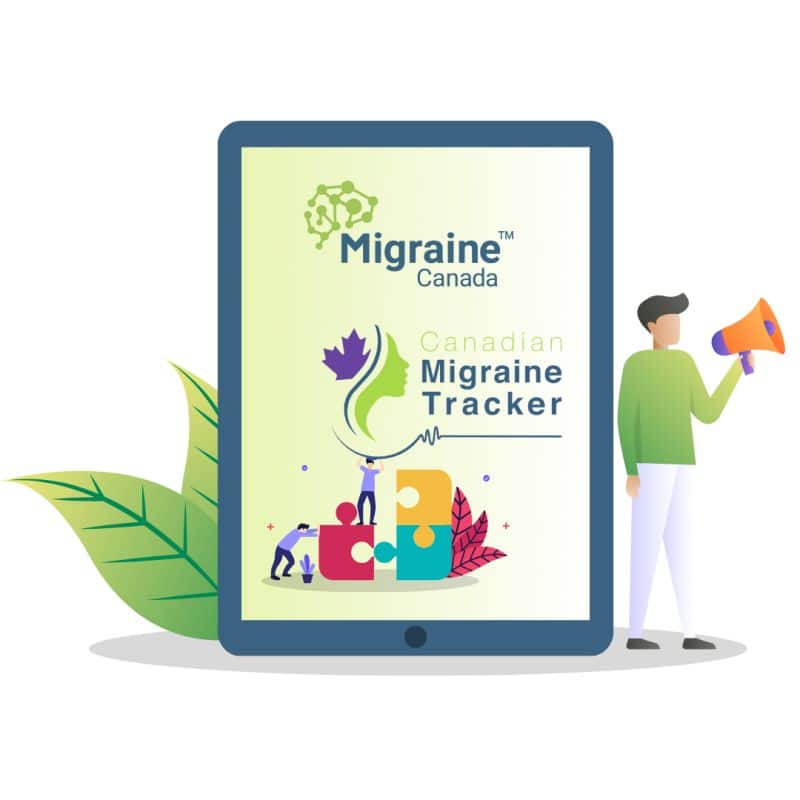Does your employer understand the impact of migraine? From its prevalence to its disabling effects, migraine is not just a headache—it affects productivity and quality of life. In this article, we discuss the common misconceptions surrounding migraine, the impact on absenteeism and presenteeism, and the importance of workplace accommodations in supporting employees with migraine. Consider sharing this article with your colleagues and employer to foster understanding and support.
- Migraine is more than a headache: Migraine includes symptoms like sensitivity to light, sound, smells, and movement, nausea, dizziness, vomiting, brain fog, neck pain, and visual auras.
- Migraine is a chemical and electrical phenomenon in the brain:
- The predisposition for migraine is genetic, but from a combination of genes. That probably explains why migraine is so variable.
- Even in between attacks, the migraine brain is hypersensitive to sensations, and it processes serotonin differently.
- During an attack, different zones of the brain get activated. A cascade of events leads to the release of inflammatory molecules near the sensitive nerves inside the skull.
- Migraine is very common:
- 12% of the world’s population has migraine, women more than men (3/1).
- 1 to 2% have chronic migraine (a severe form).
- The World Health Organization recognizes migraine as the third most common disease in the world (just after dental cavities and tension headache).
- Migraine has a disabling impact:
- According to the World Health Organization, a migraine attack is classified with the most disabling health events (along with quadriplegia and schizophrenia).
- Because it affects so many people during their productive years, migraine is ranked as the second cause of years lived with disability (YLD), way above other health conditions.
- Migraine is a leading cause of absenteeism (missed workdays): Migraine is a result in significant missed workdays and lost productivity. It is among the top three most costly health conditions for Canadian employers (more costly than asthma, diabetes, cancer and arthritis).
- Among Canadian employees, 56% had taken sick days, 23% were on short term disability, and 18% were on long term disability.
- A Migraine Canada™ survey found that only 20% of people with migraine (all severity) did not miss days of work. 36% missed between 4 and 16 days per year. 25% reported being disabled.
- Migraine is a leading cause of presenteeism (being at work but not able to function): Many employees with migraine work while in pain, leading to reduced productivity. A study done in the US on presenteeism showed that migraine was more costly than 20 other conditions including depression, back pain, diabetes and asthma.
- A good collaboration between the employer, the employee, and a physician can boost productivity: It’s extremely important for people with migraine to be able to discuss health issues with their employers and colleagues. The treating physician can get involved to optimize treatment but also provide suggestions for reasonable accommodations, and choosing insurance plans that cover migraine treatments can allow employees with migraine to function better.
- Examples of workplace accommodations:
- Migraine awareness programs
- No scents policy
- Adapted lighting
- Ergonomic workstations
- Access to water
- Coverage for allied health services (physiotherapy, occupational therapy etc)
- Migraine is a good example of temporary disability: A person with migraine might spend two days throwing up and treating with prescription medications, then come back to work in a good state. The concept of temporary disability applies to other neurological conditions such as epilepsy and multiple sclerosis.
Elements that should be taken into consideration by employers include:
- Flexibility of the schedule
- Avoiding irregular shifts
- Possibility to work part-time
- Not asking a doctor’s note for every disabling migraine attack
- Refractory chronic migraine should be recognized as a cause of disability: Chronic migraine can be severely disabling despite treatment. According to a Canadian survey, people with chronic migraine report an average of 40 days of presenteeism per year. Employers should recognize this and provide necessary support.
Raising migraine awareness in the workplace can enhance productivity and improve the quality of life for employees with migraine.
To read more about migraine at work, visit https://migraineatwork.org/.
References
- Young WB, Park JE, Tian IX, Kempner J. The stigma of migraine. PLoS One. 2013;8(1):e54074.
Post #1102



